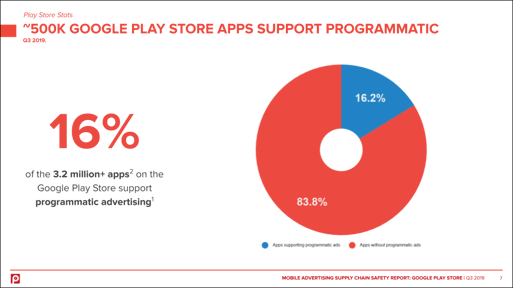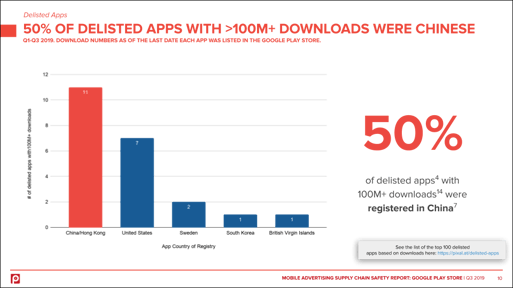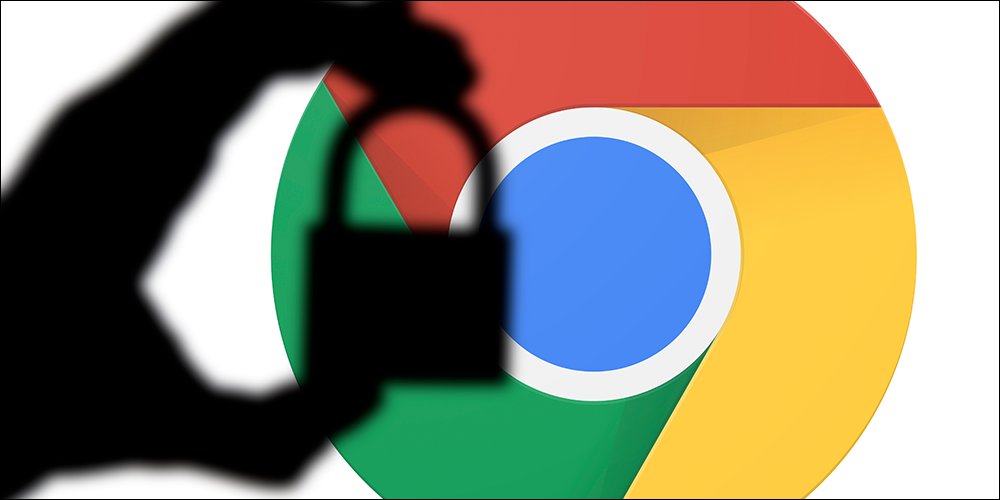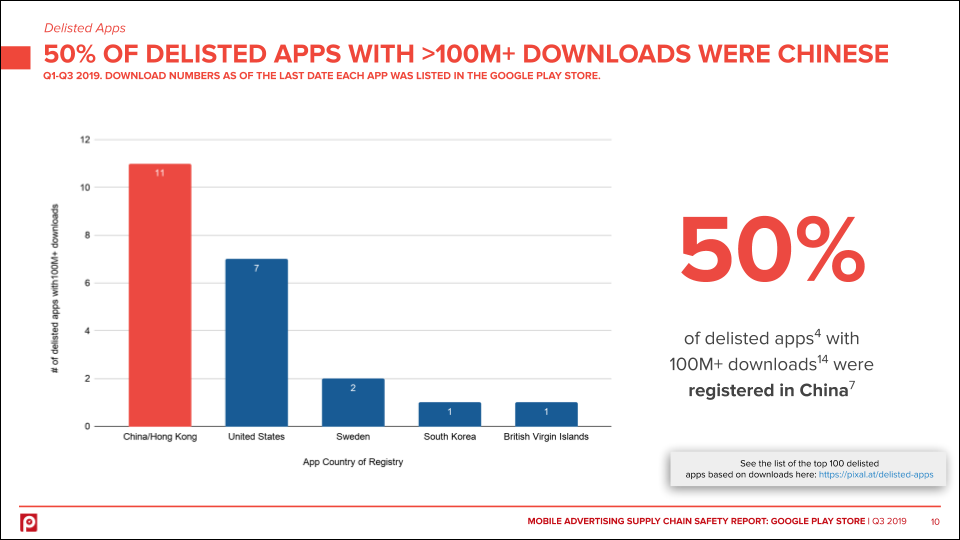This week's review of ad fraud and quality in the digital advertising space.
1. Over 500k Google Play Store apps support programmatic advertising

How many apps on the Google Play Store support programmatic advertising?
Pixalate's 2019 Mobile Advertising Supply Chain Safety Report reveals that, as of the end of Q3 2019, over 500k of the 3.2 million Google Play Store apps support programmatic advertising.
2. Half (50%) of delisted Google Play Store apps with 100M+ downloads were Chinese

Pixalate's 2019 Mobile Advertising Supply Chain Safety Report reveals where the most popular delisted apps from Q1-Q3 2019 were registered.
According to Pixalate's research, 11 of the 22 apps delisted from the Google Play Store that had over 100 million downloads prior to delisting were registered in China (including Hong Kong).
3. Google's Chrome to phase out third-party cookies in 2022

The Wall Street Journal has reported that Google Chrome will "phase out third-party cookies in [an] effort to boost privacy." Third-party cookie support will come to an end in 2022, per the WSJ.
"As Google takes the step, publishers and advertisers argue the changes will make the tech giant’s own ad business even stronger," wrote the WSJ.
4. Grindr shares location, other data, finds new study

"Grindr is sharing detailed personal data with thousands of advertising partners, allowing them to receive information about users’ location, age, gender and sexual orientation, a Norwegian consumer group said," reported Bloomberg.
5. Ad fraud among Connected TV trends to watch in 2020

According to eMarketer's 2020 Connected TV trends, challenges to watch out for this year include fragmented inventory, ad fraud, and frequency capping. "Connected TV ad spending is increasing significantly, but it still faces issues when it comes to the fragmentation of inventory, lack of standardized measurements, frequency capping and ad fraud," wrote eMarketer.










